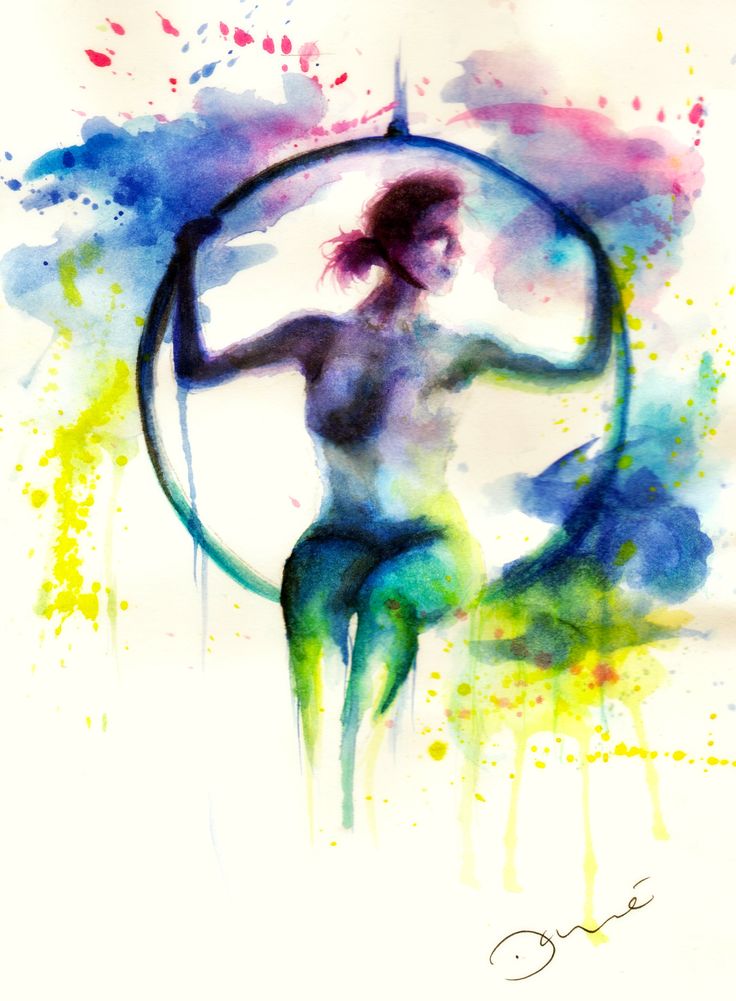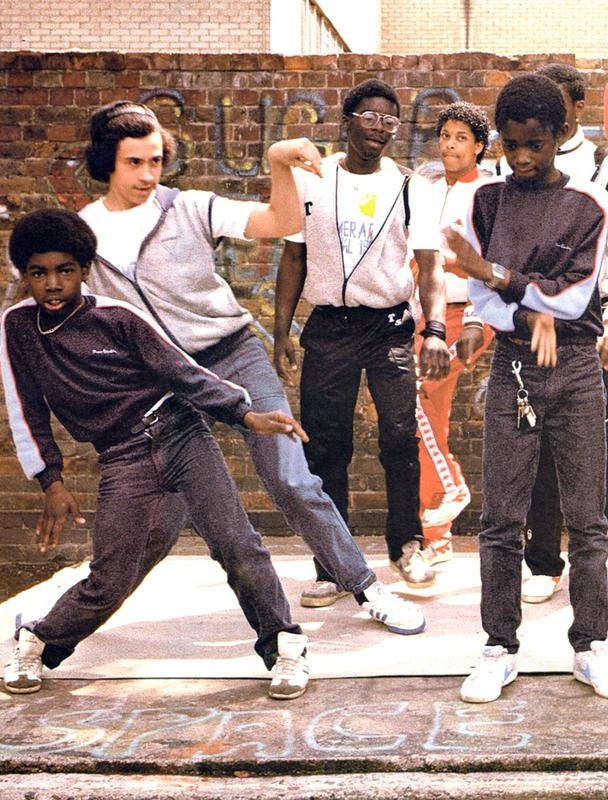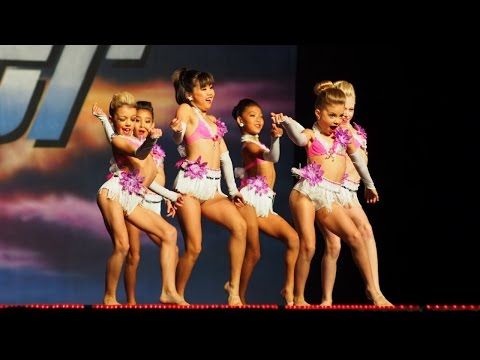How to dance marinera
Marinera Dance | Smithsonian Folklife Festival
Marinera dancers from Monsefú proudly model their beautifully embroidered outfits outside Manas Peruanas, a shop that specializes in the dance’s customary woven sashes and embroidered clothing.
Photo by Alfredo DiNatale, Ralph Rinzler Folklife Archives
The Marinera is Peru’s national dance, with roots in the Spanish fandango, African zamacueca, and indigenous couple dances. The dance portrays a couple’s flirtatious pursuit. The woman, in her embroidered pollera (skirt) and handkerchief, teases the man with her graceful movements.
Each region has its own style, punctuated by variations in the tempo, key, clothing, and steps. The Norteña dance from Trujillo is playfully flirtatious and accompanied by a brass band. The Mochera style, also on the north coast, reflects its rural origins in the dress style. The Limeña is considered the oldest. The elegantly dressed couples dance to the rhythms of the guitar and cajón drum.
The Marinera is not only a dance but a craft industry for embroiderers, weavers, hat makers, and filigree jewelry artists, among others. Its vitality is expressed in the energy of the dancers, the rhythm of the musicians, and the hands of the artisans.
Faithful to its diversity, the Marinera crosses boundaries, traveling wherever Peruvians reside. Many dance schools have been founded throughout the United States, from Washington, D.C., to Seattle, Washington, where parents send their children to maintain cultural ties to their homeland. This tradition is at the forefront of Peruvian social gatherings and celebrations, forming an important element of Peruvian identity abroad.
Filigree Jewelry
“Embroidering” silver and gold filigree threads, Eda Arroyo creates beautiful accessories for Marinera dancers. She learned this delicate craft by watching her father and uncles and now creates jewelry such as hair pieces with intricate designs and dormilona earrings with innovative peacock patterns.
She learned this delicate craft by watching her father and uncles and now creates jewelry such as hair pieces with intricate designs and dormilona earrings with innovative peacock patterns.
Eda Arroyo embroiders silver and gold filigree threads, creating jewelry and accessories for Marinera dancers.
Photo by Josué Castillejo, Ralph Rinzler Folklife Archives
Eda Arroyo embroiders silver and gold filigree threads, creating jewelry and accessories for Marinera dancers.
Photo by Josué Castillejo, Ralph Rinzler Folklife Archives
Women from an artisan collective gather in the Manos Peruanas shop in Monsefú to design and embroider blouses worn by Marinera dancers.
Foto de Alfredo DiNatale, Ralph Rinzler Folklife Archives
During a contest at the annual Marinera festival in Tujillo, Peru, a young woman presents the beautiful embroidery and vibrant colors of her costume.
Foto de Lucho Saldivar, cortesía de PROMPERÚ
Arte y Cultura Monsefuana
The organization Arte y Cultura Monsefuana strives to open economic opportunities for its members and promote regional identity. Formed in 2011 by fifteen Monsefú artisans, it hosts workshops to develop their embroidery, crochet, weaving, and hat making skills. They also hope to pass on their traditions through workshops for children in schools.
Formed in 2011 by fifteen Monsefú artisans, it hosts workshops to develop their embroidery, crochet, weaving, and hat making skills. They also hope to pass on their traditions through workshops for children in schools.
Marinera Dance in Trujillo: Peru`s Famous National Dance
Posted: July 31, 2019 by: Jesus Ramos 1 0 0
At Kuoda Travel, we often tout Peru`s northern beaches, especially cities like Trujillo to clients for its scenic coastline, excellent surf, and stunning archaeological wonders, but there’s another local claim to fame worth mentioning, the Marinera, Peru’s National Dance. This is a major element that contributes to Trujillo`s famed status as Peru`s cultural capital.
The Marinera is a romantic, graceful, and sensuous dance that enacts the courtship display of a young couple. It is one of Peru’s most popular dances and its epicenter is the northern coastal city of Trujillo.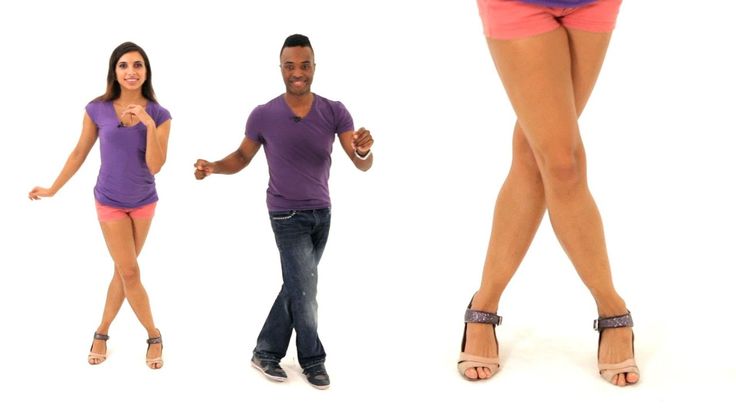 In this blog post, we’ll take a closer look at this perennial tradition. By its end, you’ll be reaching for your custom Peru travel itinerary wondering how you can squeeze in a trip to see the marvelous dance during your private Peru vacation.
In this blog post, we’ll take a closer look at this perennial tradition. By its end, you’ll be reaching for your custom Peru travel itinerary wondering how you can squeeze in a trip to see the marvelous dance during your private Peru vacation.
Tip: The best times to view the Marinera in Trujillo are in January and October. Every January a huge national Marinera Concurso, or contest, is held and on October 7th, Marinera Day is celebrated with dances and parades throughout the city.
Overview
The History of the Marinera Dance
The Marinera is said to have originated from the Zamacueca, which was a popular dance among African slaves brought to Peru in the 16th century. Through the centuries it has evolved with a blend of Spanish, Moorish, Andean, and Gypsy influences. Up until 1879 when Peru went to war with Chile, the Marinera was known as the “Chilean.” After, it was renamed the Marinera in honor of Peru’s navy.
How to do the Marinera Dance
The dance itself is performed by a couple dressed in elegant clothing, the woman in a long skirt and the man in a straw hat and elegant jacket.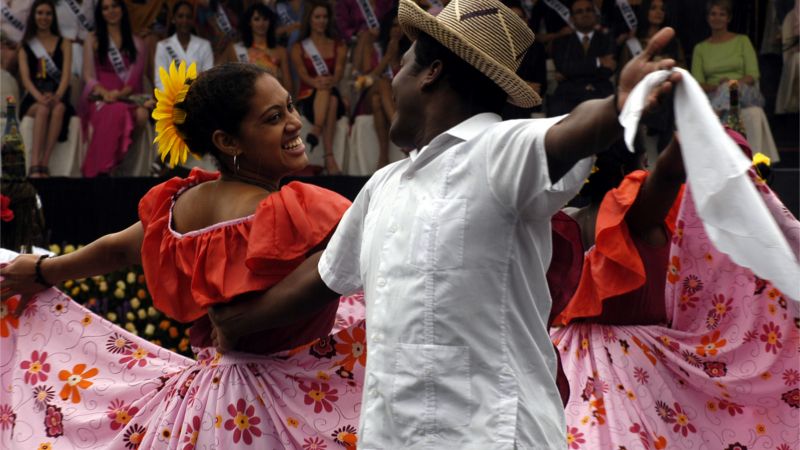 Both carry white handkerchiefs as props, floating them tantalizingly just out of reach of one another. The steps of the dance often start slowly then build up to a mesmerizing and highly intricate speed. The couples never actually touch, creating an atmosphere of coquettishness, yearning, and sensuality until finally leading up to the romantic conquest.
Both carry white handkerchiefs as props, floating them tantalizingly just out of reach of one another. The steps of the dance often start slowly then build up to a mesmerizing and highly intricate speed. The couples never actually touch, creating an atmosphere of coquettishness, yearning, and sensuality until finally leading up to the romantic conquest.
The Instruments Used to Perform the Marinera
The dancers are traditionally accompanied by a musical group composed of four guitarists and a cajón player (the cajón is a Peruvian boxlike drum). Bugles are a more recent addition to the ensemble. Finally, handclapping is added by both the accompanying singers and the spectators in the audience to complement the dance steps.
The Marinera Norteña
There are three main varieties of Marinera: the Marinera Norteña, from Trujillo, the Marinera Limeña, from Lima, and the Marinera Serrana, from the mountains. The two former variations are known for being light-hearted, playful and flirtatious, while the Serrana is considered more romantic and stately.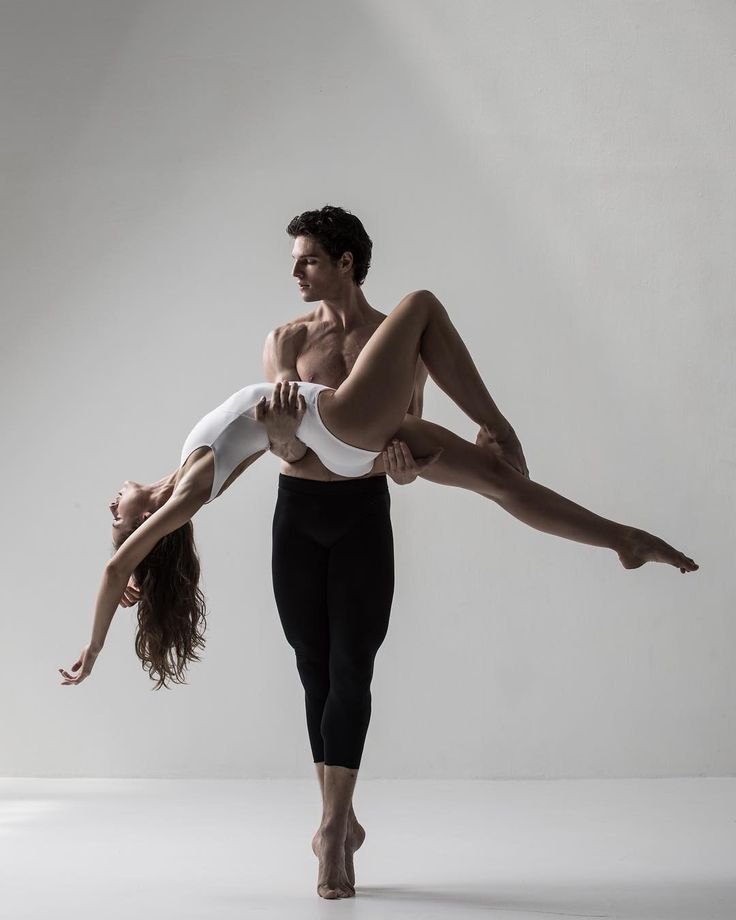 The Marinera Norteña of Trujillo is sometimes performed with the man riding a Peruvian Paso horse, a breed trained for its fancy and elegant stepping. The man rides and directs the steps of the horse throughout his performance.
The Marinera Norteña of Trujillo is sometimes performed with the man riding a Peruvian Paso horse, a breed trained for its fancy and elegant stepping. The man rides and directs the steps of the horse throughout his performance.
Visit Trujillo: The City of the Marinera Norteña and Eternal Spring
Known as the City of Eternal Spring for its beautiful weather year-round, Trujillo is truly a great city to include on your tailor-made tour to Peru. Besides the lively Marinera scene (especially during the months of January and October), there are beautiful beach destinations like Huanchaco and archaeological sites like Chan Chan nearby. Talk to your Kuoda Travel Designer today about including this spectacular Peru travel destination in your custom itinerary to Peru.
Category:     InspirationsPeru
Marinera - the national dance of Peru
Marinera is not only a traditional dance of Peru, but also a magnificent performance, which is often called the coastal dance by the locals. Marinera is a romantic dance, where scarves are the main attribute.
Marinera is a romantic dance, where scarves are the main attribute.
This is, first of all, a dance of two, the personification of the courtship of a man and a woman, stylized and at the same time exciting. A dancing couple appears before the viewer, embraced by the lightness of the whirlwind of a lively dance of scarves, which perfectly complements this action. He, like all the cultural heritage of the country, is fraught with a mixture of many traditions of various peoples of Latin America.
Marinera is recognized as one of the most famous and popular dances in Peru, and since 1960 has been accepted as part of the National Dance, a competition held annually in the city of Trujillo. This is not only a wonderful and fascinating performance, but also one of the most significant events for the population of the whole country.
Features of the dance
Traditionally, this dance is performed to the sounds of a guitar or glass beads. Marinera is a combination of elements of both slow dance and fast and rhythmic movements. Depending on this, there are many varieties of the national dance of Peru.
Depending on this, there are many varieties of the national dance of Peru.
The history of the Marinera has not yet been fully explored. Although the exact date of the first musical notation of the melody of this dance is attributed to 1894, made by Abalardo Gamarra and José Alvarado, scientists have not yet established reliable information about the appearance of the dance.
Origins of the dance
The mix of Spanish, Andean and Moorish styles in the dance, as well as the gypsy rhythm, can trace several versions of the possible origins of the Marinera.
According to one version, the roots of this dance go back to the time of the Inca Empire, and the Marinera itself is a very ancient Peruvian dance that combines the cultures of the peoples who sailed to this continent. Other assumptions boil down to the fact that the Marinera has fairly obvious African roots.
Also a very intriguing fact: initially the Marinera dance was called "Chilean" because of its similarity with the Cueca dance of the country of Chile, and in 1879, during the war between Peru and Chile, it was renamed in honor of Marina de Guerre del Peru.
Depending on the region of the country, there are several different schools and styles of Mariner dance, the main ones being Limena Mariner, Nortena Mariner and Serrana Mariner. Sometimes there is also stylistic mixing with other Latin American dances. Without exception, all mariner styles take part in the annual National Dance Competition.
Dance Styles
Marinera Limena is a rather elegant dance in which both low and high musical tones are heard. Although this style of marinera is performed at various festivals, it is still being replaced in the dance life of Peruvians by other more preferred types of marinera for Peru.
Marinera Nortena is considered a kind of variation of the first dance style, although less elegant. This marinera is very "alive" and fast.
Serrana Marinera (Serrana) - the roots of this dance originate in the mountainous regions of Peru, and in its manner of performance it is much slower than the previous ones. There are two main parts to this dance, with the second being much more sentimental than the first.
There are two main parts to this dance, with the second being much more sentimental than the first.
Marinera is a very famous dance in Peru (Latin America), which is considered the main decoration of various Peruvian holidays and activities, and its performance can only be compared with the Peruvian waltz. The people of Peru adore the romantic, beautiful and very elegant coastal dance, which instills in the hearts of people the hope of eternal love - the only one, but as different as the dance itself.
Similar articles:
Dancing Modern Spain
African dance Nubia
Dance a thousand hands Guan yin
Maculere dance
Wild dancing Maori: Haka
Mariner-National MARINER REMOUSE
Peru is a country where the ancient cultural heritage of Indians and Spanish traditions intertwined. A country where, unlike the incendiary dances of other Latin America, the national dance is the marinera, full of romanticism.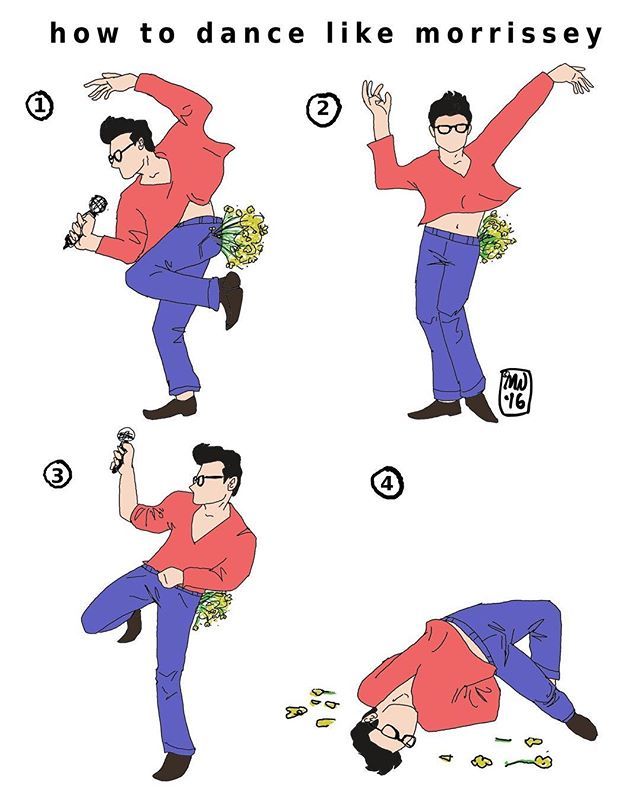
Marinera - a sensual dance of elegant couples
The Marinera is the national dance of Peru, also known as "La Danza del Peru". Spectators are fascinated by the smoothness and sensuality of the movements of elegant couples, literally covered in a whirlwind of white scarves, which are an integral attribute of the mariner. Marinera is the epitome of the traditional courtship of a man for a woman in Peruvian culture. It is a graceful dance with complex steps, but it can also have sexual connotations, fun and flirting.
Marinera is popular all over the country, but the best performances are still held in Trujillo, the city that is considered the capital of the marinera.
Dance from the labyrinths of centuries
The exact history of the origin of the Marinera is unknown. The origin of the dance is lost in the labyrinths of centuries. But what can be said for sure is that it mixes traditions and different Peruvian cultures, and experts believe that the roots of the Marinera lie in earlier dances such as zamacueca or mozamala.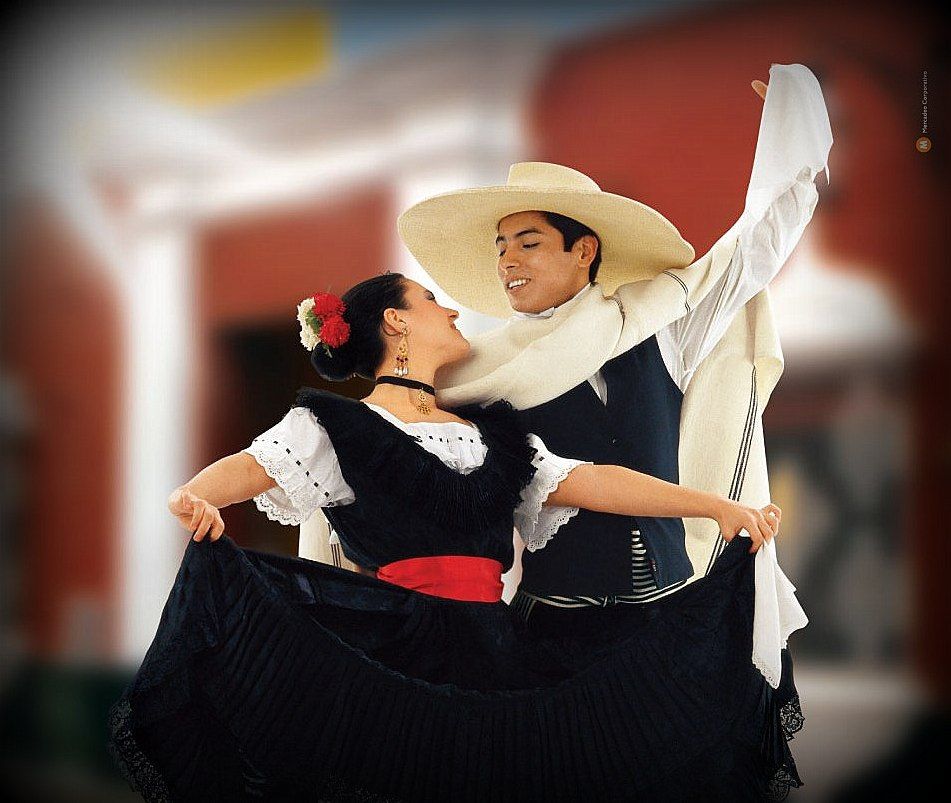 But for the most part, the marinera is certainly more modern, since before the arrival of the Spaniards in the 1500s, Peruvian dances were only group dances, and men and women did not dance in pairs. The use of headscarves is also a European influence.
But for the most part, the marinera is certainly more modern, since before the arrival of the Spaniards in the 1500s, Peruvian dances were only group dances, and men and women did not dance in pairs. The use of headscarves is also a European influence.
The dance has been known for some time as "Chilean". But in 1879, when Peru entered the war with Chile, the dance got its current name in honor of the Peruvian fleet - "marina" in Spanish.
Spanish dance in Peru
Marinera is traditionally accompanied by the music of four guitars and a "cajon" - a percussion instrument made from a wooden box. Bugle was not originally used in the musical accompaniment of the marinera, but now it is used more and more often. The tempo of the dance varies in different types of marinera, but most often the dance starts at a slow tempo that gradually builds up.
Such different marinera
There are three main types of marinera, determined by the area where they originated: Marinera Limena, from Lima; Marinera Costeña, from the coastal areas, as well as Marinera Serrana, from the mountainous areas.



